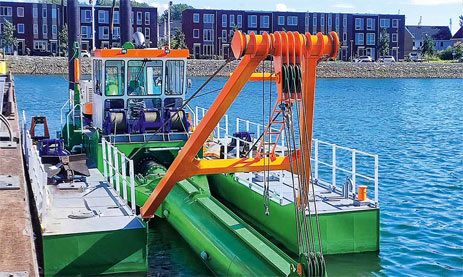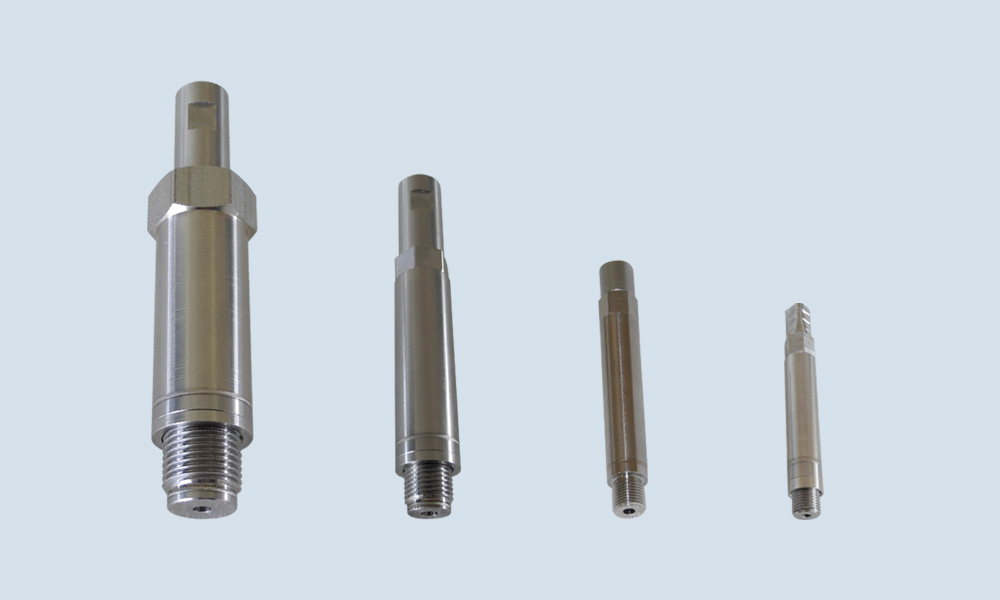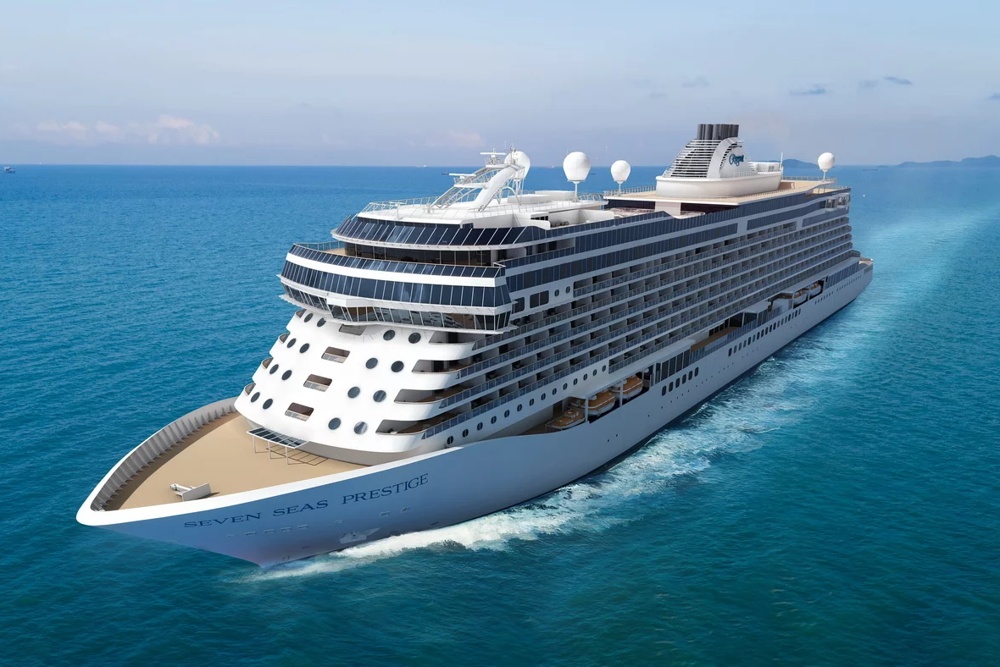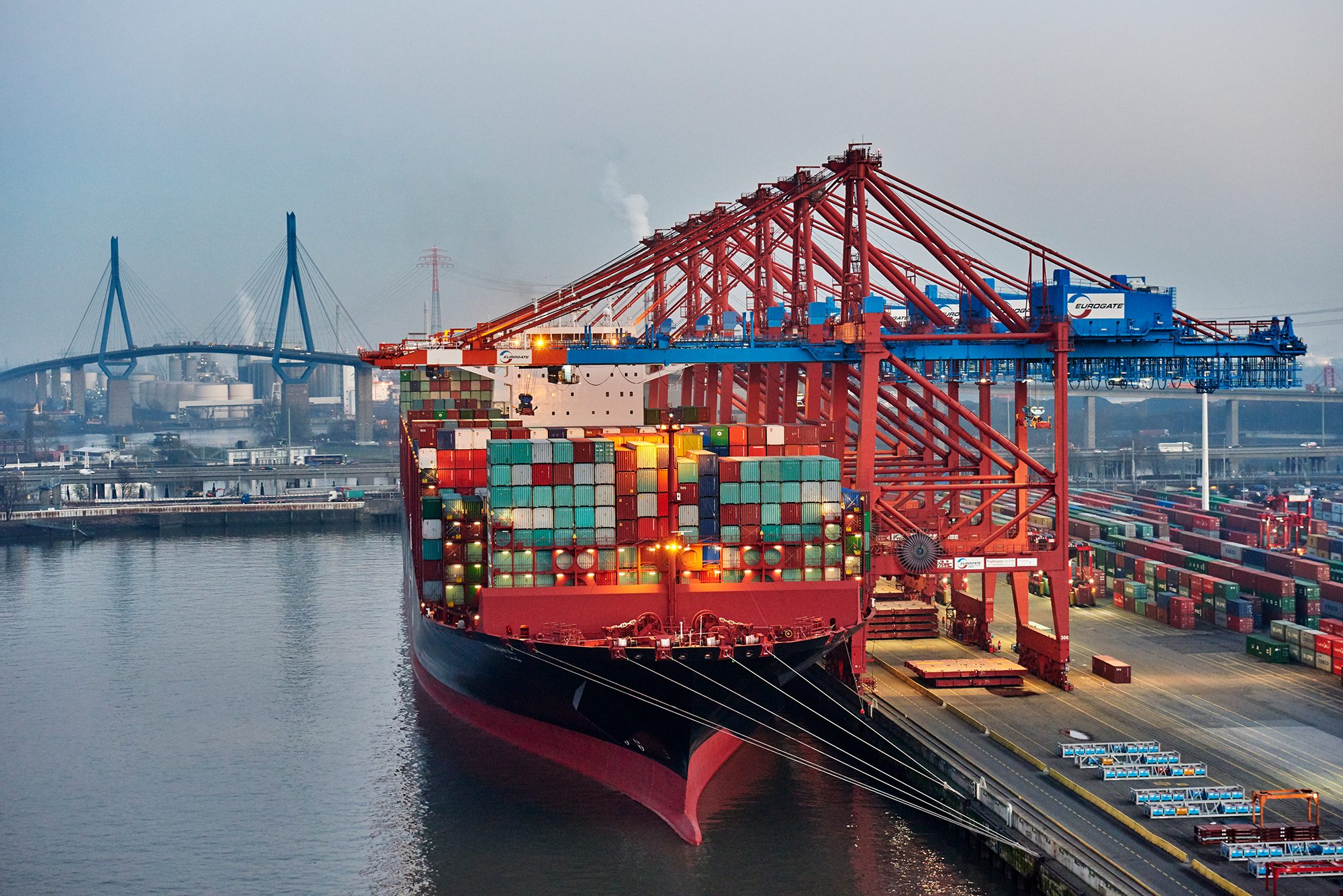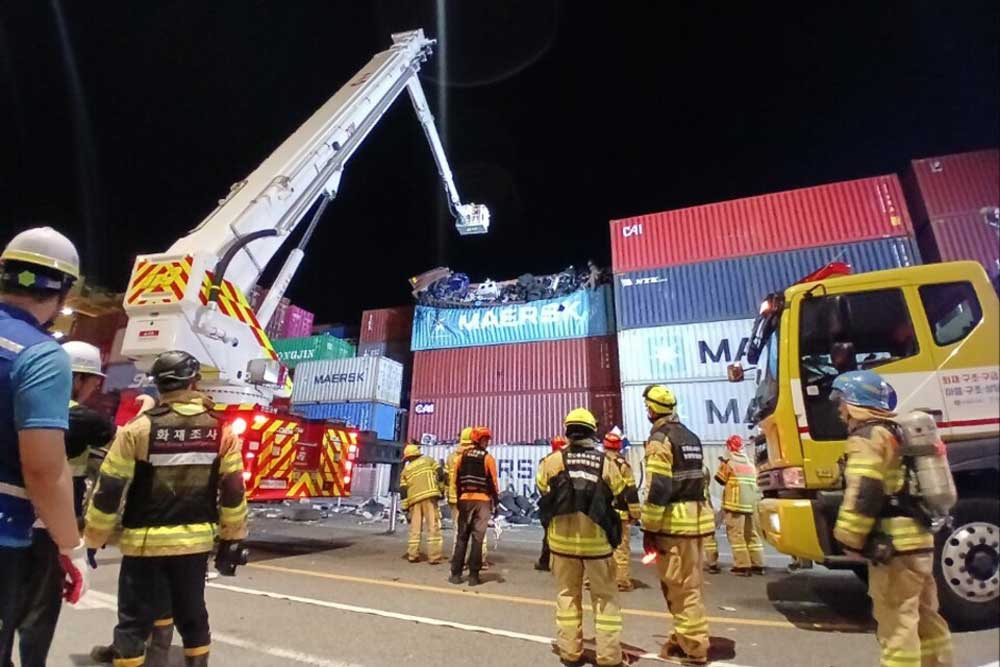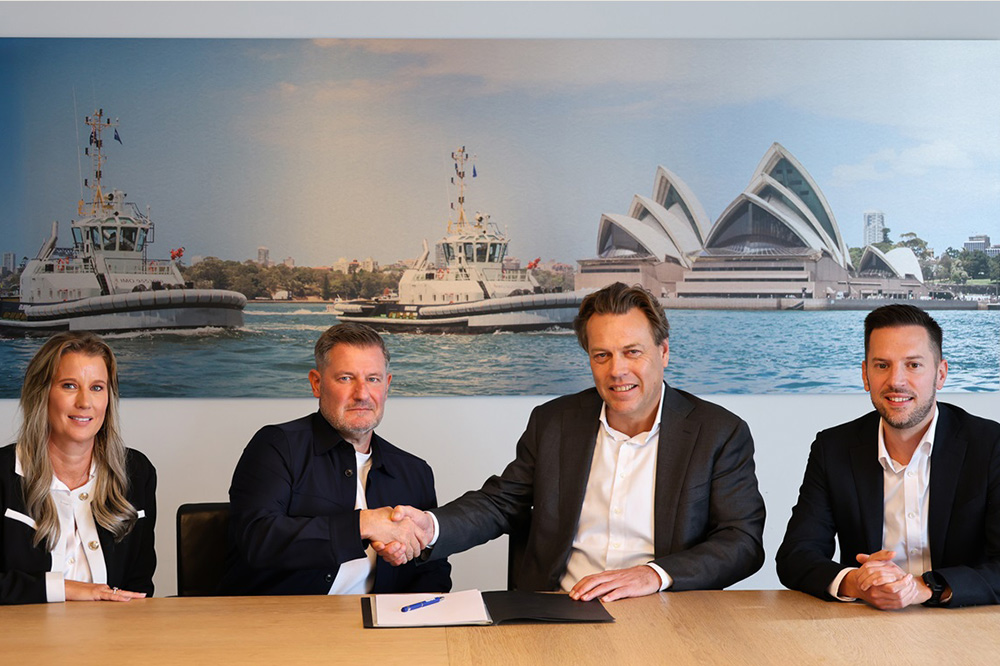If the US gets serious, Japan and South Korea will not be able to compensate for the loss of shipbuilding capacity in China.
Takaya Soga, President and CEO of Japan’s largest shipping company NYK Line, warns that Japan and South Korea will hardly be able to provide additional shipbuilding capacity in the short term in order to satisfy the increasing US demand for alternatives to Chinese shipyards.
The background to this is a planned presidential decree by the Trump administration that envisages port fees on Chinese ships and ships built in China in order to strengthen the domestic shipbuilding industry and reduce China’s influence in the maritime sector.
The proposed fees could range from $500,000 to $1.5 million per port call, depending on the percentage of Chinese ships in a company’s fleet and current orders. The measure is aimed at reducing dependence on Chinese shipyards.
Korea and Japan cannot replace China
According to Soga, Japanese shipyards are currently working close to their capacity limits and expansion is not expected to be feasible until 2028. No rapid capacity expansion is expected in South Korea either, as the shipyards there have been suffering from financial difficulties for almost two decades.
The US shipyards, in turn, are dependent on considerable investment and technological support in order to significantly expand their production capacity. Trump is planning a “Maritime Security Trust Fund” to promote the US shipbuilding industry.
According to the Center for Strategic and International Studies, China, South Korea and Japan currently account for around 90% of global shipbuilding. Over the past 25 years, China has massively increased its share of the global cargo capacity of merchant ships from 5% in 1999 to over 50% today.
This rapid increase has been at the expense of the market shares of Asian competitors. The planned US measures could therefore lead to considerable upheaval in the international shipbuilding market, although it remains unclear how quickly the countries affected will actually be able to react.
The revenue from the new port fees is to flow into a specially established Maritime Security Trust Fund, which will enable targeted investments in shipyards and maritime infrastructure, particularly in the USA. In addition, tax incentives, government grants and low-interest loans are planned to facilitate the entry of private investors.
In so-called “Maritime Opportunity Zones”, shipyards and suppliers are to receive additional support in order to strengthen regional clusters. A shipbuilding authority is to coordinate the implementation centrally and bundle political measures.
The aim is to reduce the USA’s dependence on Asian shipyards, particularly from China, expand production capacities at home and create jobs in the maritime industry – as the official justification states. The implementation is considered ambitious, as the US shipbuilding industry has shrunk considerably in recent decades and is struggling with high costs, technological backlogs and a shortage of skilled workers. (rup)










